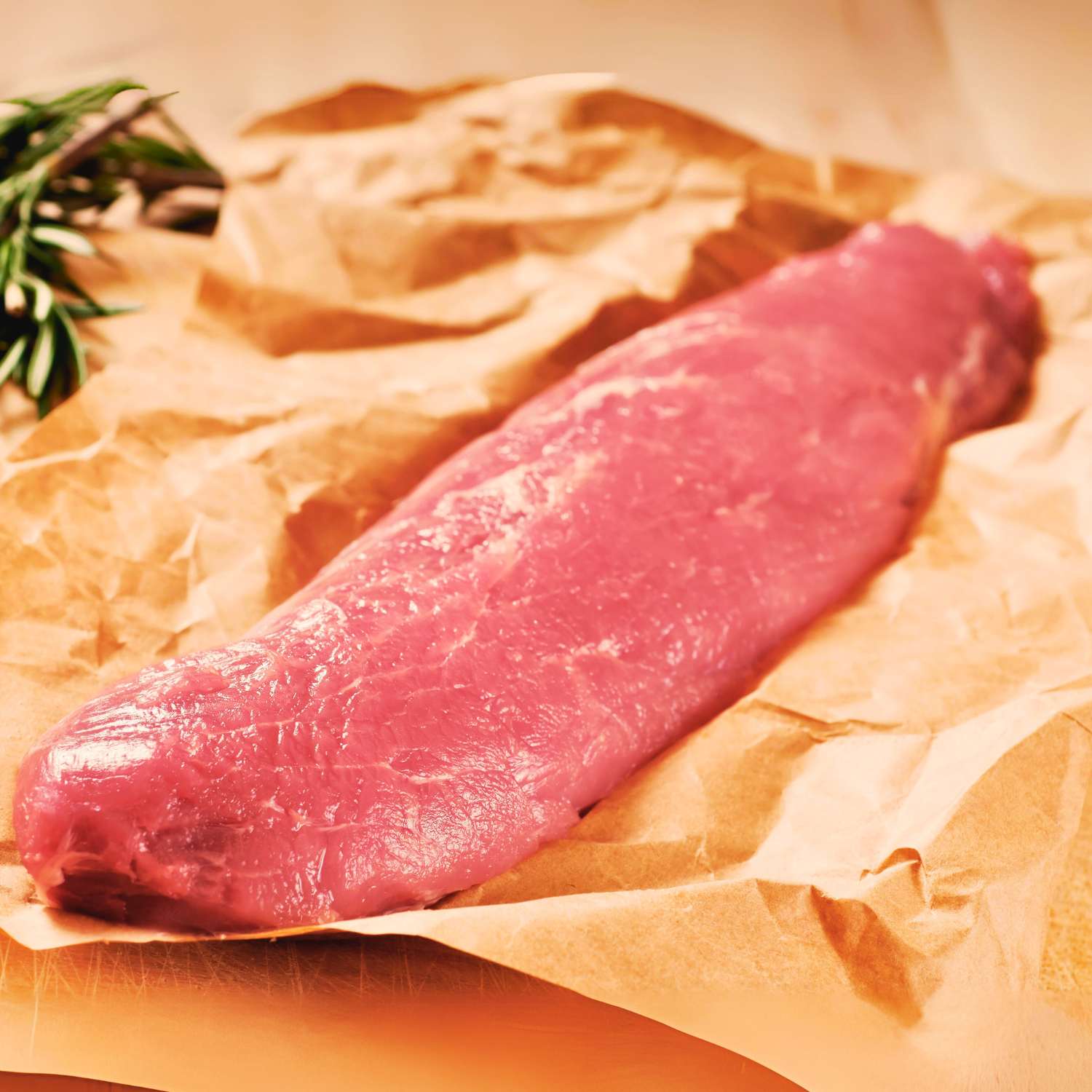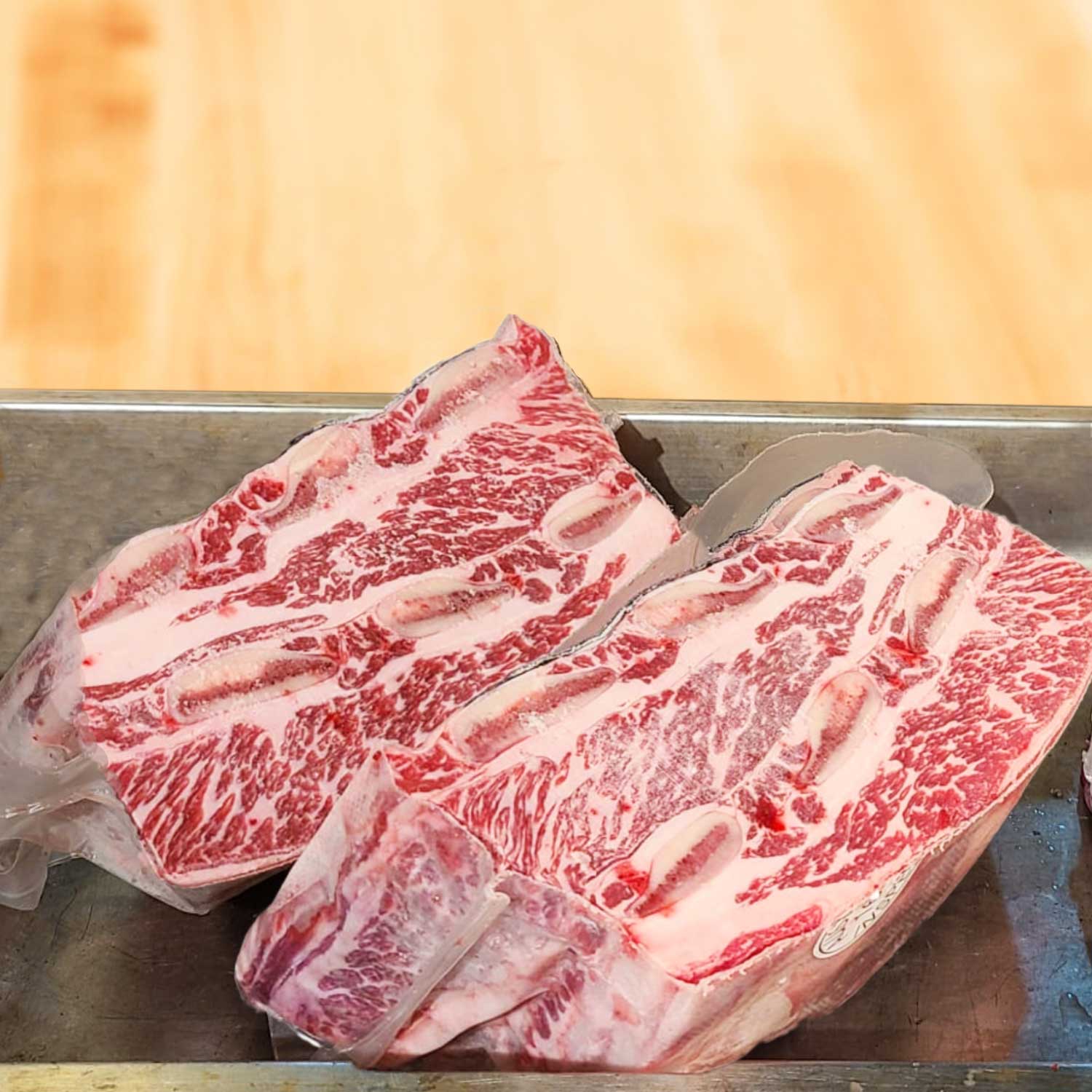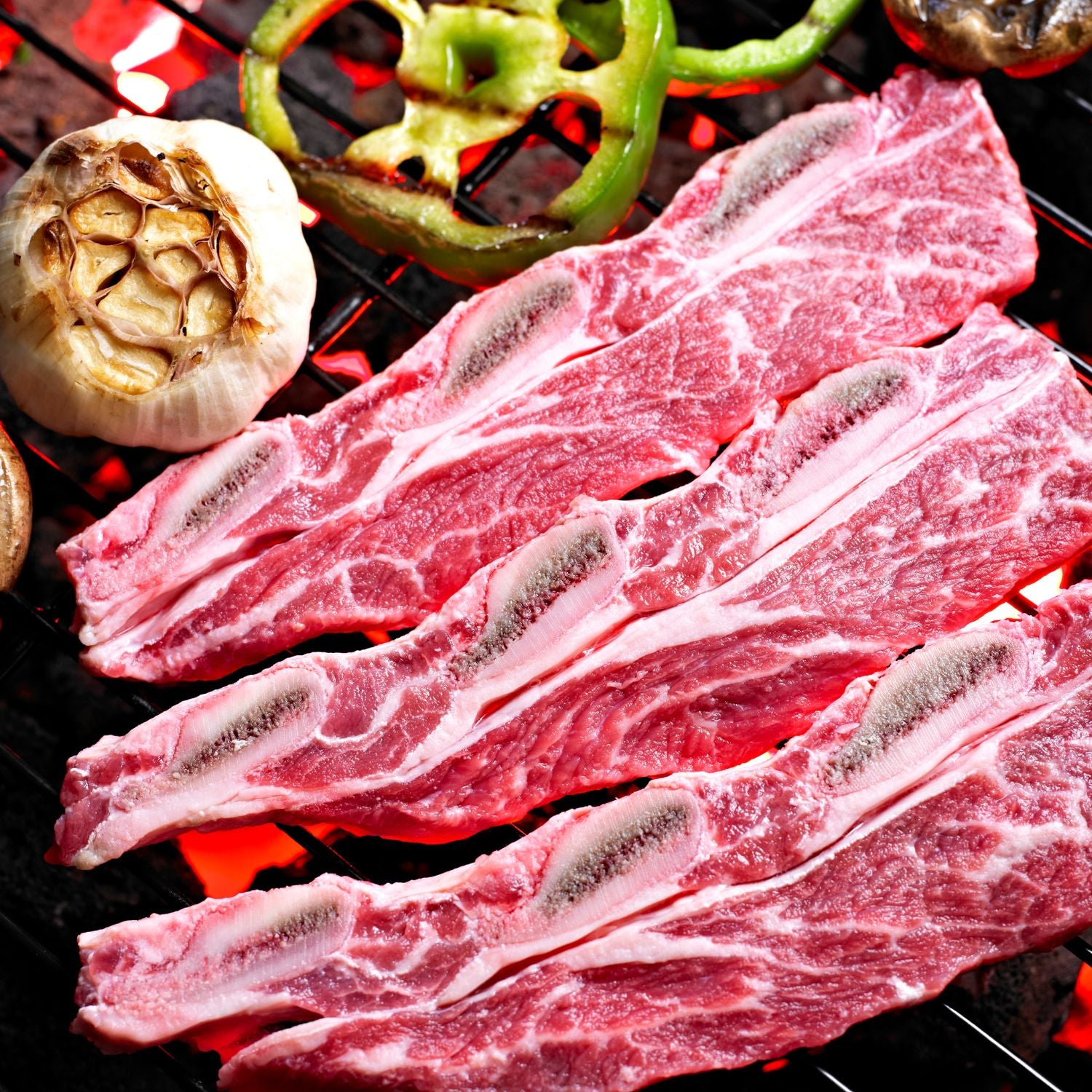Understanding Beef Cuts: A Comprehensive Overview
The Fundamental Anatomy of Beef: Where Cuts Come From
Understanding the fundamental anatomy of beef is key to grasping where different cuts originate. Each cut comes from specific parts of the animal, influencing its texture and flavor. The chuck, from the shoulder, is known for richness. The rib section offers tender cuts like ribeye. The loin gives us premium steaks, such as sirloin and tenderloin. Meanwhile, the round, from the rear, is leaner. There are also brisket, plate, and flank cuts. Knowing this helps in selecting the right cut for a dish, ensuring the best taste and proper cooking methods.

Common Terms in Beef Cuts: Decoding the Technical Jargon
In Hong Kong and China, beef cuts have unique names and features. The jargon includes terms like 'brisket', 'loin', and 'shank'. These words can be confusing. Brisket is from the breast; it's tender when slow-cooked. The loin is near the backbone. It has meaty, juicy steaks like the T-bone. Shank is from the leg; it's best when braised. Learning these terms helps us make better choices in cooking and buying beef.
The Global Standard: Beef Cuts and Consumer Preferences
When it comes to understanding beef cuts, it’s important to recognize global standards. These inform consumer preferences in diverse markets like Hong Kong and China. Different regions favor various cuts for reasons including flavor, tenderness, and culinary tradition. For example, the US and Europe may prize ribeye for its marbling, while Hong Kong consumers often seek brisket for slow-cooked dishes. This contrast reflects not just taste but also cultural cooking practices. Recognizing these preferences helps suppliers cater to demand. It also ensures chefs have the right cuts for traditional and fusion recipes. To grasp the global standard for beef cuts, let’s look at some key points:
- Popular cuts in international markets.
- Reasons behind regional cut preferences.
- How standard cuts influence menu planning.
- The role of global standards in trade and economics.
Understanding these aspects can help food professionals navigate the complex world of beef cuts. It allows them to meet both local and global consumer demands effectively.
The Art of Selecting Beef Cuts for Hong Kong Consumers
Tailoring Beef Cuts to Hong Kong's Diverse Food Culture
Hong Kong's food scene is a melting pot of flavors, where East meets West, and choosing the right beef cuts is key. Each cut has unique textures and flavors suited for specific recipes, from slow-cooked stews to sizzling stir-fries. Local favorites often include tenderloin for its softness, ideal in a fine-dining steakhouse setting, or brisket, preferred in hearty broths and noodle dishes popular in street food stalls. The art of selecting beef involves understanding these preferences and using this knowledge to enhance the culinary experience unique to Hong Kong.
Factors to Consider When Choosing Beef Cuts for Local Dishes
- Flavor Profile: Match the beef cut's taste with the dish's desired flavor.
- Texture and Tenderness: Choose cuts that fit the cooking method and texture preference.
- Cooking Time: Consider how long the beef cut needs to cook. This affects its suitability for different recipes.
- Fat Content: Fat adds flavor but consider health preferences and dietary needs.
- Cut Size and Shape: Ensure the beef cut fits the dish's presentation and portion sizes.
- Price Point: Select cuts that align with the customer’s budget without compromising on quality.
- Cultural Preferences: Be aware of cuts traditionally favored in Hong Kong cuisine.
- Seasonal Availability: Choose cuts that are in season for the freshest taste and quality.
- Marbling: Look for appropriate marbling for juiciness and flavor in the final dish.
- Supplier Reliability: Ensure your source provides consistent quality and ethically sourced beef.
Sustainability and Quality: The Importance of Ethical Sourcing
When picking beef cuts in Hong Kong, we must think about the planet and quality. Ethical sourcing is key. This means we get our beef from places that take care of animals and land well. Happy, healthy cows give us better meat. Plus, it helps our Earth last longer. We should also make sure the beef is good quality. This gives us tastier, safer food. So, we have to look for beef that is raised right and tastes great. That way, we enjoy our meals and do good at the same time.
Implementing Beef Cuts in China's Culinary Landscape
Adapting Beef Cuts to China's Traditional Cooking Techniques
China's culinary arts have deep roots. Adapting foreign ingredients, like beef cuts, is an art. It's about blending global flavors with local traditions. The key is choosing beef cuts that enhance, not overshadow, classic dishes. Stir-frying suits tenderloin or sirloin. Slow-cooking matches well with brisket or short ribs. This maintains the dish's soul while adding new textures. Let's explore how chefs in China skillfully incorporate beef cuts in their gastronomy.
The Rise of Western Cuisine in China: A Market Perspective
The infiltration of Western cuisine into China's food scene is becoming evident. It's not only visible in urban areas, but it is spreading across various regions. This culinary shift influences beef cuts demand in the market. People now crave steaks and burgers, which require specific cuts. This change leads to a new dynamic for suppliers and restaurants. They must adapt to offer the cuts that satisfy Western recipes. Restaurants are now highlighting menus with choice cuts like rib eyes and tenderloins. Retail and e-commerce platforms also reflect this trend, offering a range of beef cuts. This evolving preference is a vital factor for the beef industry in China. It shapes import policies, local farming practices, and consumer education about beef.
Case Studies: Successful Strategies for Beef Cut Adoption in China
China's culinary scene has seen a shift with the adoption of diverse beef cuts. Successful cases include premium steakhouse chains integrating local flavors. Hainan beef noodle shops have also adapted, using brisket and shank for richer broths. Strategy hinges on understanding local tastes and educating consumers about beef varieties. Collaboration with local chefs has led to fusion dishes, blending traditional Chinese cooking with select Western cuts. These approaches show the potential and adaptability of beef cuts in China's evolving food culture.

















